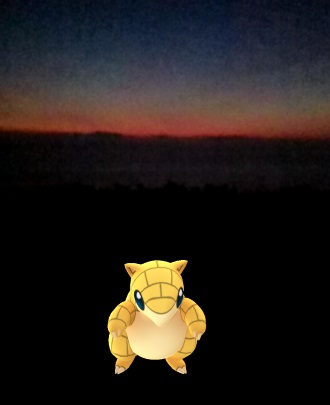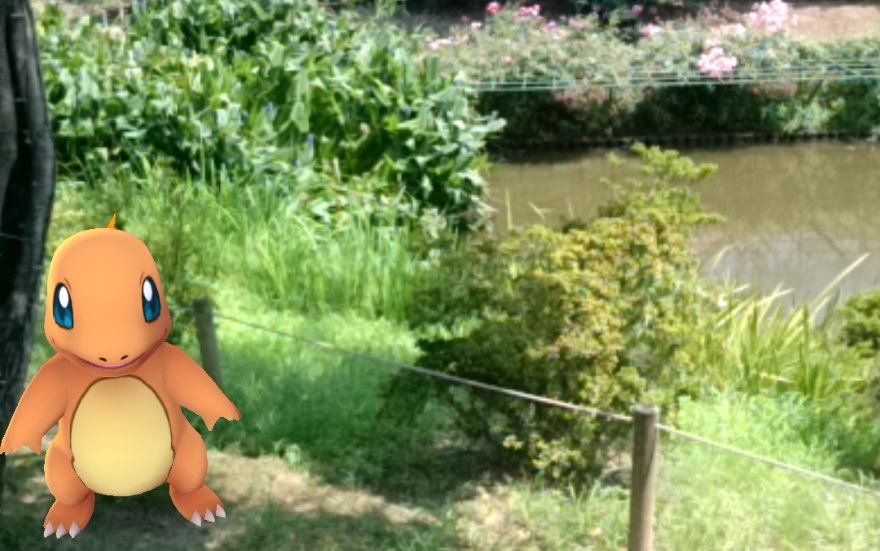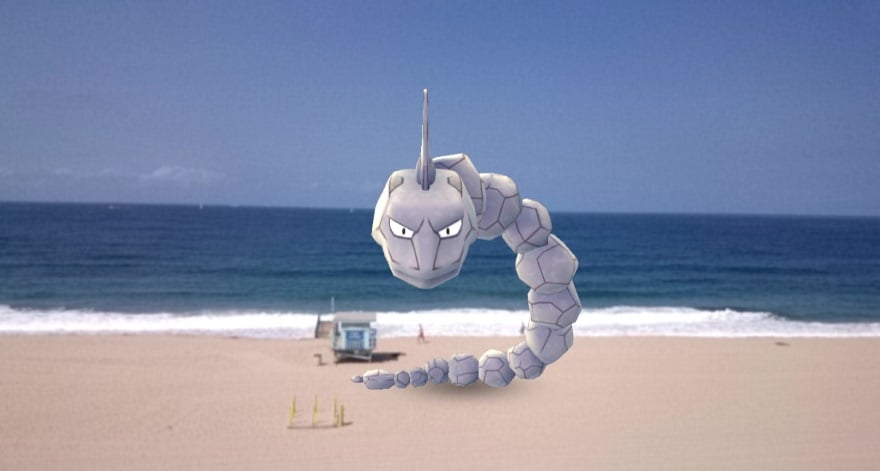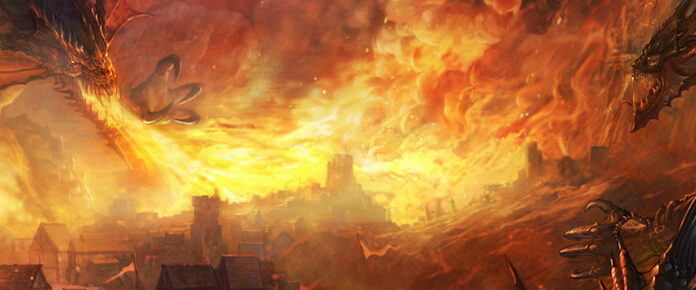
My previous article on the culture of Japan’s Pokemon Go scene was written before I’d experienced much of the American one to keep my explanations as unbiased as possible. Although I was born and raised in America, I’ve lived in Japan for the past four years and mostly interacted with Japanese people, which has made my own meatspace culture a bit strange at times. From afar, I thought the PokeGo scene in America would be ideal for meeting new people, but oddly enough, I’m noticing there are far more similarities between the two cultures than I anticipated.
Before I go deep into my observations, do note that I’m describing my experiences in specific areas of Japan (Kanto and Kansai regions) and around the Los Angeles County area. I spent America’s launch period champing at the bit with my Japanese students and co-workers plus three weeks of release, while my time in America has played out amidst reports of the game becoming less popular, totaling over three weeks as of this writing. I also must admit I’m going through some reverse culture shock that I’ll try to address. Your own experience may vary depending on where you play, when you play, and with whom you play.
Checking the spread
One of the first things I worried about when coming back to the States (in terms of Pokemon Go) was how feasible the socialization would be. Japan generally is more densely populated than the US, having about 339 people per square mile in Japan versus 84 in America or about 251 in California, so I figured gyms and Poke Stops would be much more spread out, especially in my hometown.
I wasn’t incorrect when it came to my hometown or some of the other Southern California suburbs I visited. At first, it really felt like American suburbs were more similar in their gym/stops spread to the Japanese countryside, while American cities were closer to Japanese suburbs.
While this may be more true in certain states, large, international cities or popular locations, such as downtown Los Angeles, Long Beach, and themeparks, are practically the same as what I experienced in Japan: multiple gyms almost constantly changing hands, multiple stops per block, and certain areas having multiple lures up very often. For example, despite living in what many people called “countryside” in my Japanese hometown, I was often a 10-15 minute walk away from at least three hotspots that would have at least one gym and four PokeStops, with at least two being active. The walk there also had multiple stops and gyms. Some people might drive, but as most parking costs you something, there’s still going to be a bit of walking involved unless you ride a bike. I’ve seen people with skateboards in Japan, but not playing Pokemon Go, unlike in America.
In my American hometown and a few other suburbs I visited, it seems you’re lucky if you have a gym and a stop in the same location, which was something my girlfriend in the real Japanese countryside had to live with. I’ve yet to even hear of people living in/near a PokeStop or gym, which wasn’t entirely uncommon in Japan.
While there are a lot of similarities, it certainly seems as if there are fewer active lures in America. I knew plenty of local places in Japan, like parks and train stations, that nearly always had multiple lures going. Aside from touristy places in America, I don’t see this often. Three of my local parks almost never have lures going even though the gyms change hands daily, and the malls seem the same way aside from on the weekend. I’m thinking it’s a combination of America’s lower population density (again) and the fact that Americans had access to the game much sooner than Japan, and as such, have already used up many of their free lures.
Power gap and gym training
Another of my concerns coming back was that I would be weaker than most American players. The three-week delay for Japanese players meant we missed out on the traditional, time-honored MMO custom of “exploit early, exploit often,” in which companies often have multiple bugs or balance issues that come about from normal gameplay and can’t be avoided by the first players but are fixed just in time to create a noticeable power gap between the early adopters and those who join later. I was fortunate enough to live near a Dratini nest in Japan but had access to it for only a few days before Niantic removed all Dratini nests. Now I live in a place where one person has at least five Dragonite, a very powerful Pokemon, and at least two have combat power ratings over 3000.
However, that’s on the high end. The number of sub-level 20s (when the real game starts) in America has been confusing. Hardcores near me are level 30. Midcores seem to be about 25. However, a lot of people who just collect are 20-23, the same level my hunting partner in Japan was when I left the country. While she was a collector, she would help her local gyms, but a week or so after release, she didn’t care much for ones far from her. I’m thinking that the spread of out nature of the suburban Pokemon Go hotspots has made it more difficult for people to easily grind levels. Americans really seem to need to “get up and go” to play.
This is one reason why suburban gyms in America might actually feel more chaotic compared to Japan. In Japan, I could take a suburban gym at any time, but before the end of the day, the home team would take it back. In America, when I’m training a gym that’s pre-established (level 5 or higher), it’ll last days, even with rank 1400CP Pokemon. I have one or two like that right now as I type this, not far off the main roads here.
However, when they’re taken, it’s a free for all, often for days. There doesn’t seem to be as many local players in each neighborhood (though there are some, as I’ve met two spontaneously in the past three weeks). My local gyms are either red or blue, but I don’t recognize many names specifically bound to single neighborhoods. Instead, I recognize names from people around the town and nearby cities. I’ve noticed some people seem to basically drive around taking gyms (some together), as I may see them one night or even assist them as they stay and train in their parked car, but they don’t visit again when we lose it the next night. I think it largely has to do with something very American: cars.
Car culture
One thing that happened really quick when I moved to Japan was that I lost weight. It wasn’t just because I was no longer living with a wonderful little baker who would make a second cake just because the flavor wasn’t right and then feed me the scraps. It was a combination of the smaller portions and ability to walk or use public transportation constantly. While Japanese suburbanites do own cars more often than city dwellers, they still walk, ride buses, and use taxis more than I’d wager your average American does or can do, especially outside of the densest cities. It’s something other ex-expats and I have talked about noticing more keenly while we’re readjusting to American life.
I think it’s this car culture that’s responsible for many of the differences I’ve experienced with Pokemon Go. As America is bigger and less densely populated than Japan, the car culture is still dominant. We have bigger houses and yards, but outside of large cities, we’re also farther from shops, malls, and other public spaces, and cars help us get there. As these locations often have PokeStops and gyms, it makes driving much more efficient for playing Pokemon Go unless you are lucky enough to live in one of the larger, older American cities with sufficient mass public transport (like New York or Chicago or DC). I truly doubt anyone in my L.A. suburb is walking to the surrounding cities to take gyms, and I’ve personally had people park cars behind me while taking the same gym.
And while cars do allow you to get to multiple gyms faster, they also affect the social aspects of the game. For example, co-pilot Poke Stop spinning is a thing I never saw in Japan, and I drove with a couple of players. We’d play on the bus and train and maybe compare what we caught between stops if we played with our friends. It’s a small difference, but very noticeable.
The car culture is also probably why there are more road accidents in general in America than Japan, though we do have them. While Japan has more of a bike culture and I’ve heard (at least in Kansai) there are lots of people foolishly playing and riding their bike, it’s obviously not as dangerous (to other people) as driving and playing. Being in a steel death machine makes people feel safer, but the people around you aren’t. This is maybe why I’ve noticed people playing alone in their cars near gyms — they wisely stop to play.
Car culture is why Pokemon Go actually feels fundamentally different in America. In Japan, playing came natural. The game is constantly going on around you, even at home. You’re walking or sitting on public transportation constantly, free to do whatever you want that’s mobile friendly. There’s a reason why mobile gaming is so big in Japan. In America, though, much like cardio, Go makes you you schedule time to go out and play it. Especially in the suburbs, we drive out to meet our friends, often in the city or a local mall. You can play the game while driving, but please don’t. This is why the game feels like such a natural extension of the RPG genre in Japan and almost a bit of a chore in America. RPG heroes simply leave home and walk around, not jump in a car and drive to the local mall looking for a fight.
Stranger danger
When Japanese people were waiting for Pokemon Go to come out, we heard a lot about the situations in America. We heard about people shouting and helping each other, which sounded helpful, but also people walking off cliffs, getting held at gunpoint, even being murdered. Perhaps this is another reason Japanese don’t usually talk to strangers while playing the game.
While at the game’s release Americans may have shouted to help other people find rare Pokemon, I’ve yet to see it in my three weeks of American play. It’s understandable, especially after living in Japan where noise pollution is a much bigger social faux pas. However, I did notice that in both America and Japan, talking at gyms seems to be the one time you can engage strangers, especially if you’re on the same side. While it happened only once to me in Japan (and was the only time someone I didn’t already know approached me to talk about the game), I’ve already seen it a couple of times in the states. Maybe it’s because it’s one of the only game mechanics that actually involves synchronous multiplayer and coordination, but it’s like pugging in an MMO: you get some help and move on. I’ve yet to exchange contact info with anyone, especially because talking to strangers in America is only so permissible and feels a bit risky to me now.
In Japan, I don’t have to worry about firearms since the only legal guns are shotguns for sport. That alone makes talking to strangers and playing at night feel safer. There are also police every few blocks (who don’t use guns), and bringing up the population density issue again, there are few places outside where you can commit a crime without witnesses. It’s not totally safe, but the worst crimes that occurred while I was in Japan were stabbings, gropings, and a Peeping Tom.
The risk of violence plus car culture is probably one of the reasons people, including me now, may stay in the car while taking a gym. Especially at night, I feel more like I’m trespassing or risking my life, even in safe neighborhoods (though this is probably my culture shock coming out to haunt me, not actually something rooted in reality). Staying safe is important, but it also makes it more difficult to socialize. In Japan, I simply worried about offending or weirding people out. Now, I worry about meeting weirdo stalker types or worse. I’ve met some in the past online, but they were easy enough to avoid. When they know I’m going to revisit a place or live in the neighborhood, it’s more complicated. It puts socialization in the game in an awkward position where I end up doing more of it online through reddit than I do when I’m actually out playing the game.
Because of this heightened (maybe paranoid?) sense of danger, I’m even more aware of when I’m probably looking weird when I play in American than when I was in Japan. As a foreigner in Japan, I knew I was a bit suspect, but playing Pokemon Go at night in an empty parking lot didn’t make me nervous unless it was unlit or in certain areas known for gang activity. In America, even dark parks in nice neighborhoods now make me nervous, and the car culture, where people are in their car playing, makes me more nervous. I can tell from the gym activity and flat area that they’re a player, but by staying in their car, their intention seems less friendly, especially if it’s only the two of us in a flat area where people really can’t hide.

Final observations
I want to make it clear that I am not saying one place is better than the other. For example, in Japan, most people who are playing really don’t talk about the game, just their everyday life. No one wears any kind of geeky t-shirt to show their love of the series, so sometimes it’s hard to tell who might really want to be approached. America is obviously different, as I’ve heard lots of chats about the gyms and pokemon strength, even by older people. Americans don’t seem to hide it, though they’re not “friendly” as I might have thought. In fact, recently a kid in a very busy location wondered out loud, surrounded by other players, how many people around him were playing the game, and I was the only one to reply, though I’m not sure if he really wanted that. Japan certainly allows for more privacy and safety, but America feels more accepting, even if I worry about the rare chance of someone packing something more lethal than a Dragonite in his back pocket.
There are little differences, like the lack of scooters in Japan or the fact that America doesn’t have actual ruined castles to play in, but there are a lot of similarities I hope Niantic is aware of while it continues to improve the game for everyone.


















